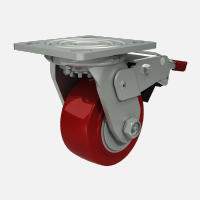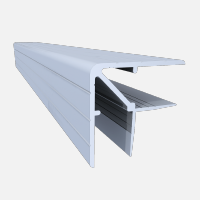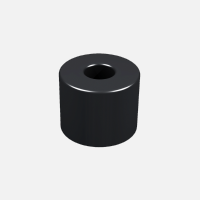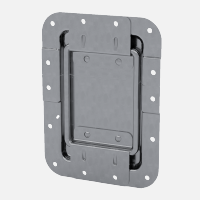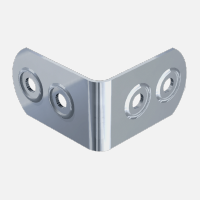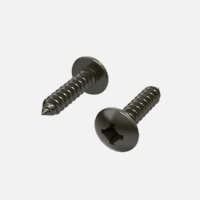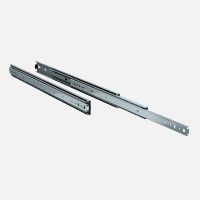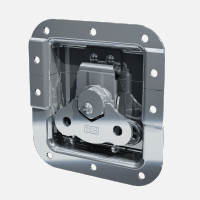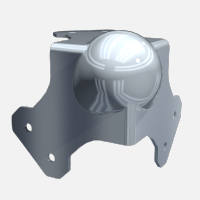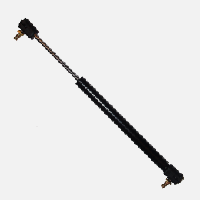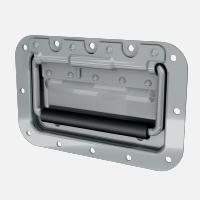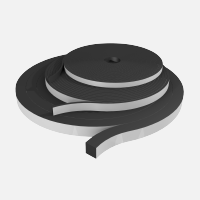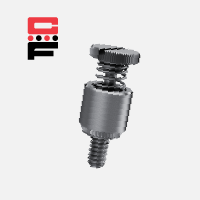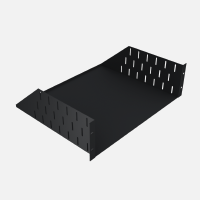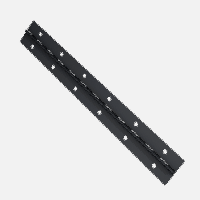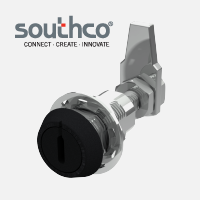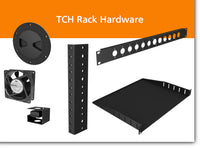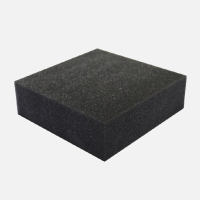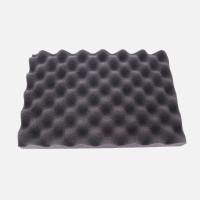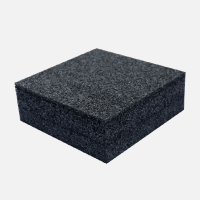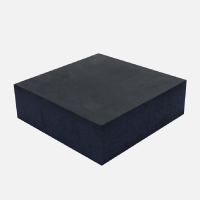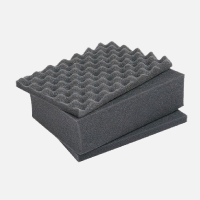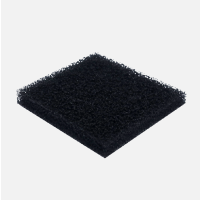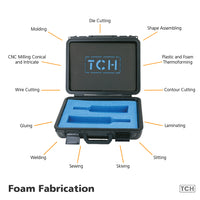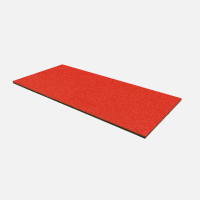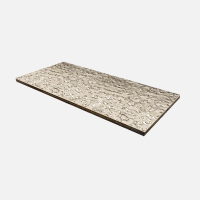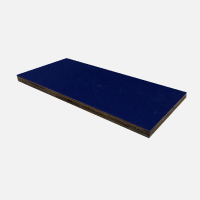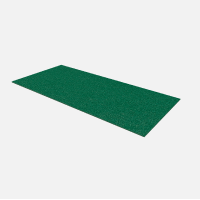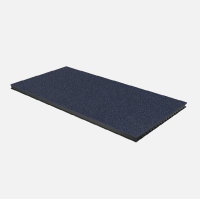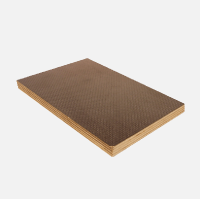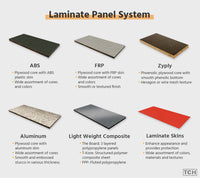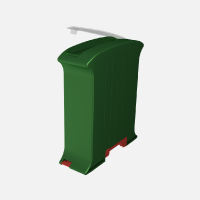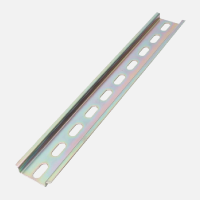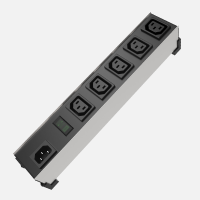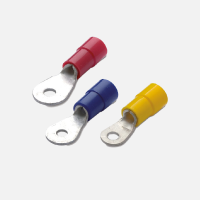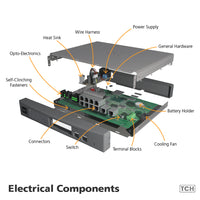How to go about choosing a HeatSink
Introduction
How the Heat Sink Works
The heat sink works by mostly using air as the ambient or the cooling fluid. This is because the heat transfer between the coolant air across the solid surface in the system is not efficient enough. In addition to that, the solid-air interface acts as a great barrier for dissipation of heat. The device now works by increasing the surface area in direct contact with the coolant air thus reducing the barrier. This way, the operating temperature is reduced as more heat is dissipated. The main purpose of the heat sink is to keep the device temperatures within the limits stated by the manufacturers.
Factors to Consider When Choosing a Heat Sink
Determining a Compatible Heat SinkA suitable heat sink can be identified by calculating the rate at which the heat sink transfers heat from the processor also known as the thermal resistance. Thus, thermal resistance can be worked out by subtracting the maximum inlet temperature from the maximum case temperature. The difference should be divided by the maximum number of processor’s power dissipation.
Types of Heat Sinks
Manufacturing methods and final shapes are used in classifying the heat sinks. Some of the types of air-cooled heat sinks available from many vendors include the following: stampings, extrusion, bonded or fabricated, castings and folded.On one hand, stamping sinks are made by fixing copper and aluminium sheet metal into desired shapes. These are mainly used for traditional cooling of electronic components. This is because they are cheap and can work for low density thermal issues.
Conclusion
For more info on Thermal Management SolutionsSubmit an InquiryContact a TCH Sales Representative




